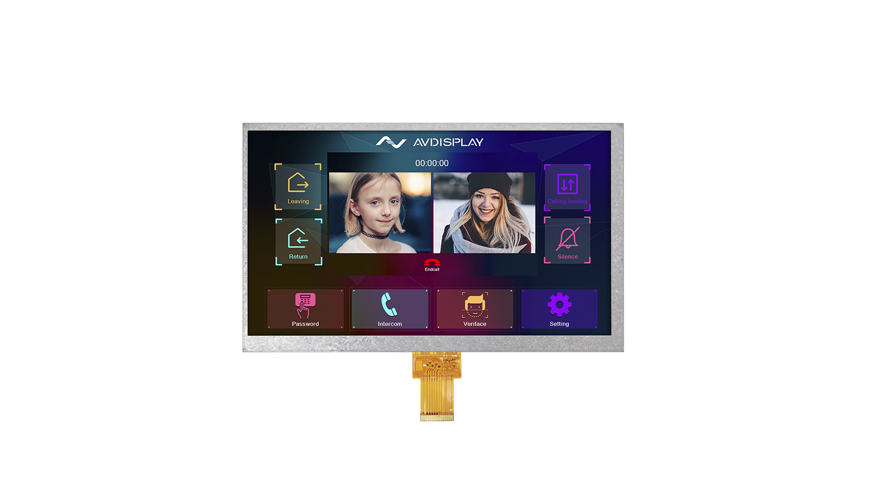Email format error
Email cannot be empty
Email already exists
6-20 characters(letters plus numbers only)
The password is inconsistent
Email format error
Email cannot be empty
Email does not exist
6-20 characters(letters plus numbers only)
The password is inconsistent


A Thin-Film Transistor (TFT) display is a type of liquid-crystal display (LCD) that uses thin-film transistor technology to enhance image quality, addressability, and contrast. This active-matrix technology assigns a dedicated transistor to each pixel, allowing precise control over individual pixels and resulting in sharper images and faster response times.
A TFT display consists of several key components:
Liquid Crystal Layer: Sandwiched between two glass substrates, this layer contains liquid crystal molecules that modulate light passage when subjected to electric fields.
Glass Substrates: These transparent layers encase the liquid crystal material and provide structural support.
Thin-Film Transistors (TFTs): Deposited on the glass substrate, each transistor controls the orientation of the liquid crystal molecules in its corresponding pixel by regulating the applied voltage.
Color Filters: Aligned with each pixel, these filters—typically red, green, and blue (RGB)—combine to produce the full spectrum of colors.
Backlight: Located behind the liquid crystal layer, the backlight illuminates the display. Modern TFT LCDs commonly use LED backlighting for improved brightness and energy efficiency.
When voltage is applied to a specific transistor, it alters the alignment of the liquid crystal molecules in that pixel, controlling the amount of light that passes through. This mechanism enables the display to render images by varying light intensity and color across the pixel array.
Enhanced Image Quality: The active-matrix structure allows precise control over each pixel, resulting in high-resolution images with excellent color accuracy.
Fast Response Times: TFT technology enables rapid pixel state changes, reducing motion blur and making it suitable for displaying fast-moving content.
Compact and Lightweight Design: TFT displays are thinner and lighter compared to traditional cathode-ray tube (CRT) monitors, facilitating their integration into various devices.
Energy Efficiency: They consume less power than CRTs, contributing to longer battery life in portable devices.
Due to their versatility and performance, TFT displays are widely used in:
Consumer Electronics: Smartphones, tablets, laptops, and televisions commonly utilize TFT LCDs for their displays.
Automotive Displays: Instrument panels, navigation systems, and entertainment units in vehicles often feature TFT screens.
Industrial Equipment: Machines and control systems employ TFT displays for user interfaces and monitoring purposes.
Medical Devices: Equipment such as patient monitors and diagnostic tools incorporate TFT screens to present critical information clearly.
While TFT displays offer numerous benefits, they also have certain limitations:
Limited Viewing Angles: Traditional TFT displays can exhibit color and contrast shifts when viewed from oblique angles.
Contrast Ratio: The contrast ratio may be lower compared to other display technologies, affecting the depth of blacks and overall image richness.
To address these issues, alternative technologies have been developed:
In-Plane Switching (IPS): A type of TFT LCD that improves viewing angles and color reproduction by altering the orientation of liquid crystal molecules.
Organic Light-Emitting Diode (OLED): Displays that emit light through organic compounds, offering superior contrast ratios, faster response times, and wider viewing angles. However, they can be more expensive and may have shorter lifespans due to potential burn-in.
TFT displays have revolutionized the way we interact with visual information, providing clear and vibrant images across a multitude of devices. Their balance of performance, cost-effectiveness, and adaptability ensures their continued prominence in the display technology landscape. As advancements continue, such as the development of IPS and OLED technologies, consumers can expect even better visual experiences tailored to diverse applications.